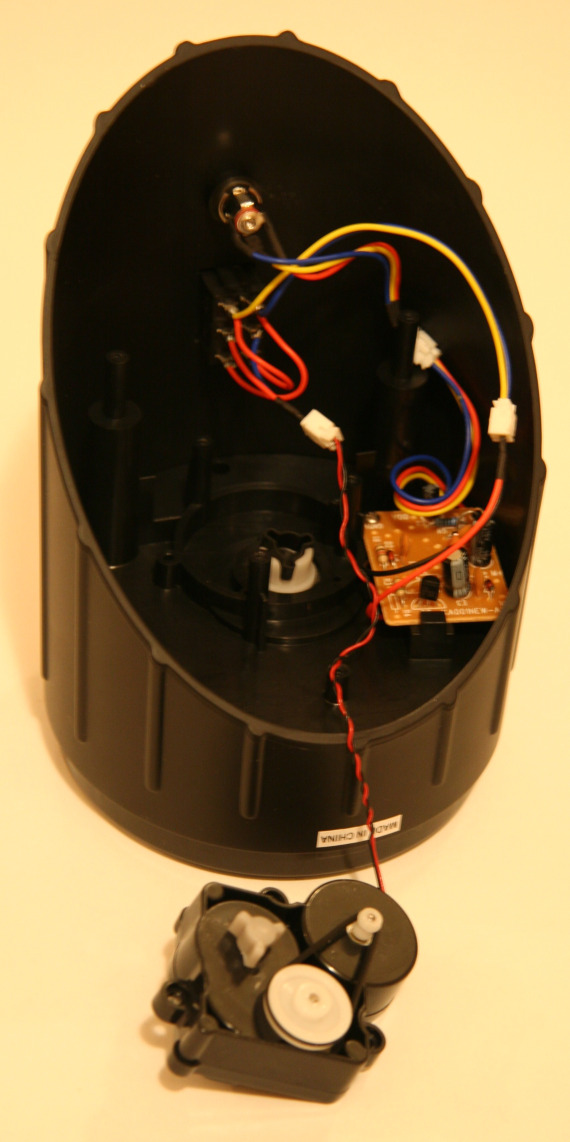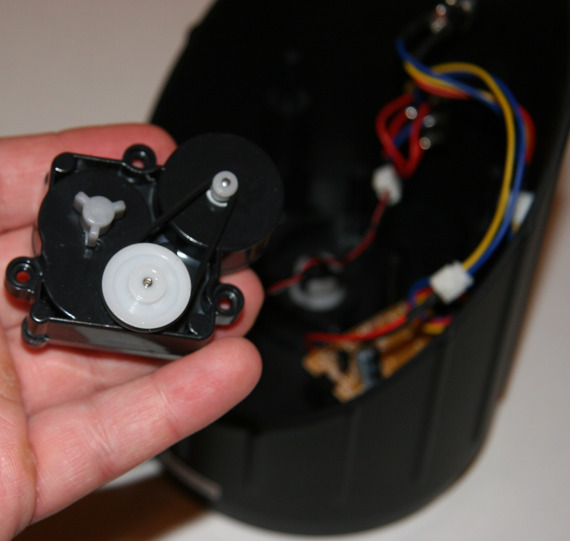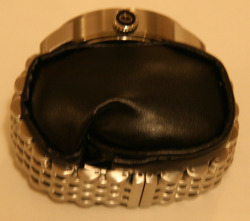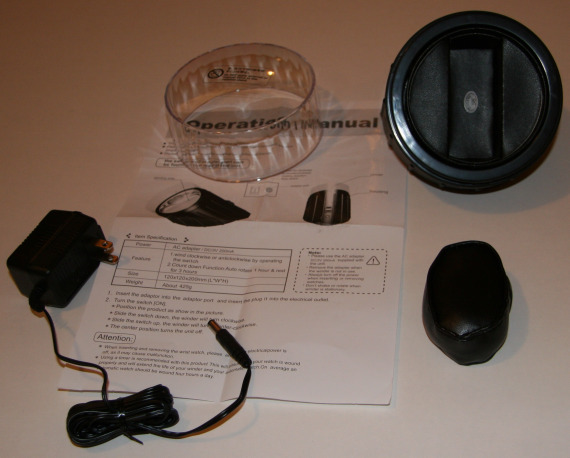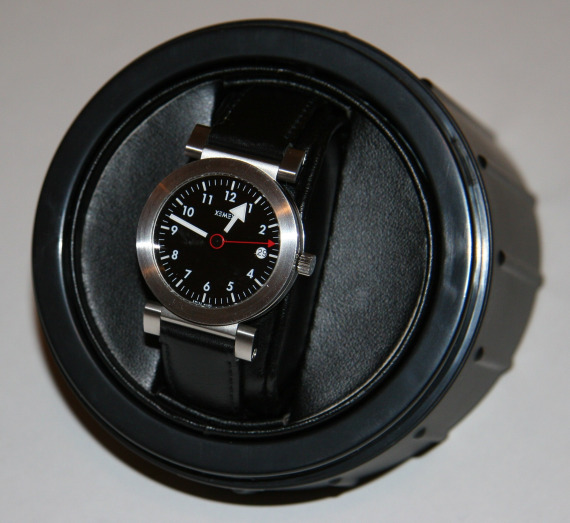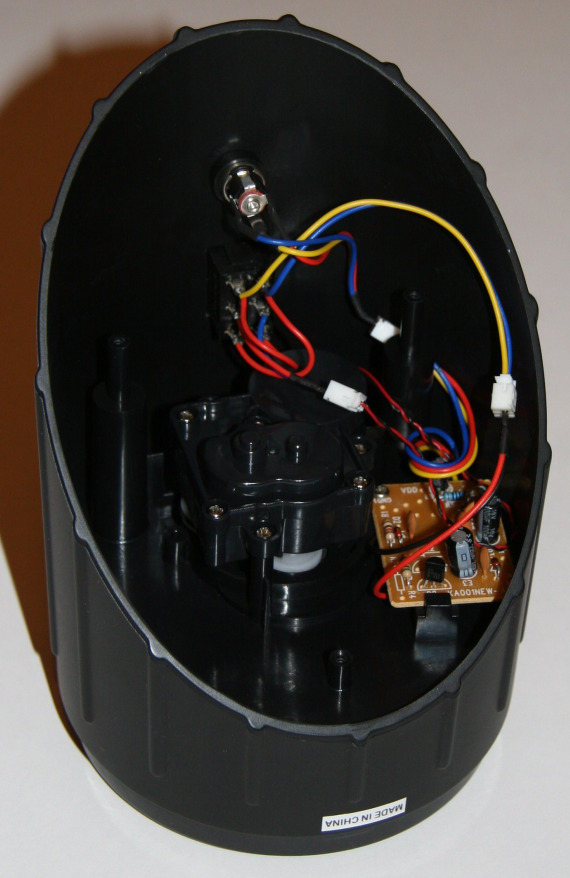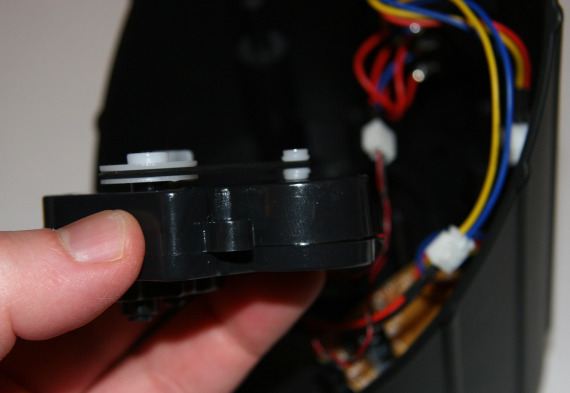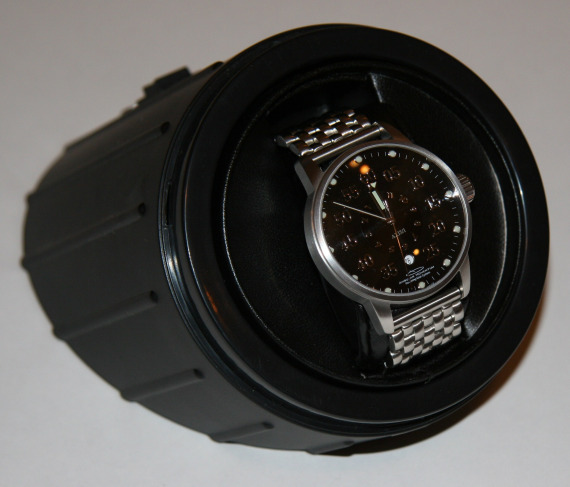
This is the first review were I took something apart because of past negative experiences with similar products. I needed to make sure that it was mechanically and electronically up to snuff before I could recommend it – but more on that later. You need a watch winder if you have any automatic mechanical watches. This takes the hassle out of winding your automatic watches when you aren’t wearing them for more than a day or so. This is especially important if you have many automatic watches. I have had no less than a dozen watch winders in less than four years, and not all of them are “still alive.” So a coherent review of a reasonably priced watch winder is merited.
Oddly enough, the watch industry has incredible difficultly getting decent low-cost watch winders out to us. For that reason you will find that most of the affordable ones are Chinese made, unless you want to spend many hundreds or thousands of dollar for something basic that is American or European made. Having said that, a lot of Chinese made watch winders are pure garbage. I’ve had some that die consistently within a few months. For that reason it is important to get one that you can trust, or at least maintain yourself cheaply. On the plus side, a lot of the Chinese made watch winders are cheap enough to be “disposable” to a degree. Today I am going to review a Chinese made watch winder with what I am told has a Japanese motor, that significantly adds to the value, as Japanese motors are far superior to what China typically produces on a mass level. I don’t mean to sounds as though I am bashing Chinese goods, but rather that the reality is that much of their goods are so low quality, and in such great numbers, as it overshadows the good things being manufactured in China these days.
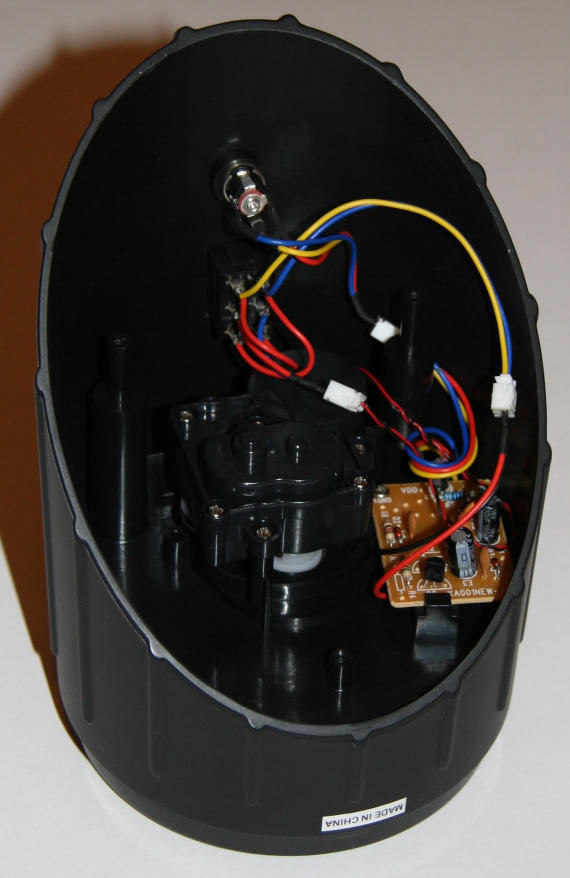
This is a single watch winder under the Time Tutelary brand, but it could easily go under different names. I received this winder from Watch-Winder.co.uk which is probably the best place to go for an inexpensive, practical watch winder in England (yes I know I am not in England, which means I need to use a US adapter for the winder).
The winder is set up to accept one watch in its leaning Tower of Pisa orientation. This helps optimize the rotation of the rotor in the watch when the winding compartment spins. Inserting a watch is simple. 1) remove the transparent plastic cap and pillow (make sure the winder is turned off). 2) close your watch over the pillow as you would on your wrist. 3) gently place the pillow back in the winder with the watch on it. 4) replace the plastic cap (to prevent dust), and turn the winder one. The winder is operated via a toggle switch with three setting (winding clockwise, counterclockwise, or off). You don’t want to remove or place a watch in the winder if it is spinning because it will prevent the motor for operating and likely burn it out. Just something you have to remember.
The winder accepts watches small and large. It could probably comfortable fit a watch of 50mm wide with a max of about a 25mm wide strap or bracelet. When you turn the winder on, it does not spin continuously as this is not necessary. Rather, it spins for one hour, rests for three hours, and then spins again. This is to prevent over-winding of a watch. Very basic, and will satisfy the needs of most watches.
Remember how I said that watch winders can die? Well, the motors are very sensitive and because they need to operate for long periods of time without rest and more or less silently, they need to put up with a lot. That combined with the mass manufacturing is not a recipe for success. However, if it was a simple and cheap feat to replace the motor in the watch winder, it would allow you to enjoy the inexpensive cost of watch winders such as this and be able to maintain them yourself. So what I did was take this Time Tutelary winder apart to see what it was like inside mechanically, and see how easy it would be to repair is necessary.
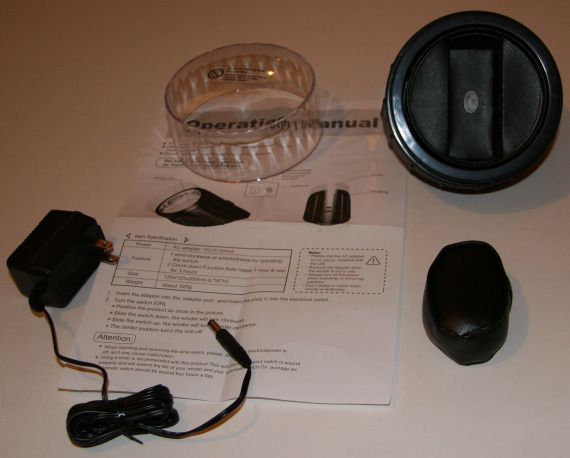
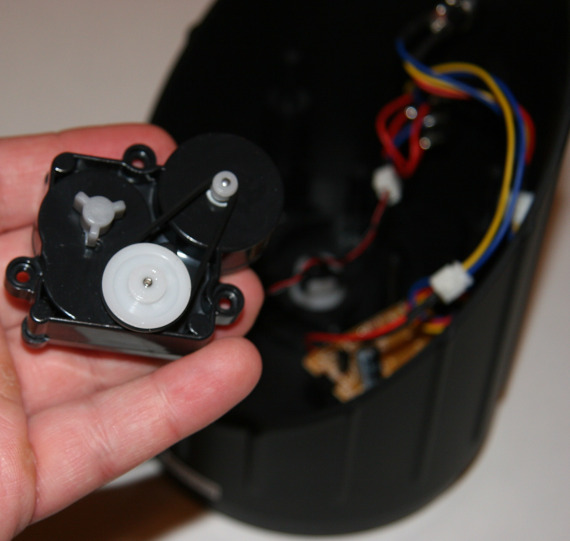
The winder is very easy to open up with the removal of three screws located in the base. The bottom of the winder comes off like a cover, giving you very easy access to the mechanics. This isn’t the first time that I have opened up a winder, and was impressed with how easy it was. You can see that the different parts are all clipped together – basically making them inter changeable, so if one died, you could easily save the whole device by just replacing the bad part. Notice these clips at the white blocks in the images.
You’ll notice how I removed the motor which is directly hooked up to the winding carriage. A few more small crews allows you to remove and unclip the winding motor. Like I said, the internal components of this winder are better than what I have been in the past (some actually use tape to hold down cables). This also goes for the Japanese made motor which communicates a lot more confidence. Further, I don’t imagine it costing more than about $10 to replace if it went bad. The entire “operation” or switching out the motor should take someone who knows how to use a screw driver about 10 minutes max. About 2 minutes if you do it everyday. It is really that simple. From that perspective I am happy about the simplicity and ease of operation with this watch winder. Sure the device is make out of plastic, and isn’t going to raise the property value of your bedroom or office, but it won’t scratch your precious watches and is certainly no liability whatsoever.
Thus, the Time Tutelary One (Single) watch winder is a good choice for an inexpensive winder for your growing, or already large watch collection. Price is currently about 25 Sterling Pounds (including shipping) if you are located in the UK at Watch-Winder.co.uk. Otherwise you can find this watch at other retailers online.

